Land Ahead
For those feeling called to build on acreage, there is freedom–but also unique circumstances that need to be considered.
Words by Lisa Waterman Gray | Photos by Josh Mais
hether you want a primary home on several acres or a rural sanctuary for brief getaways, there’s a different kind of freedom associated with creating a custom property from the ground up. But there are also many things to consider when purchasing acreage beyond an established or prepped community
ReeceNichols real estate agent Dana Benjamin’s family ran the former Benjamin Ranch stable, so she knows a thing or two about acreage. Most of her clients want fewer than 20 acres, with 10 acres being the most popular choice. Dana always recommends bringing in a land planner to assess potential properties and checking online maps to see what is built around them.
Brenda Sanders, with the Gateway Real Estate Team from Weichert Realtors, found that, during the pandemic, she was receiving many more calls about finding room to spread out. People are getting into gardening. They want to hunt for recreation, to play outdoor games and to stargaze. Some clients want horses or hobby space, a swimming pool, a trampoline or entertaining space. “They’re coming from an emotional state of wanting sharpened focus on family,” Brenda says.
Acreage provides more activity space—and perhaps more room for detached outbuildings—suggests Sarah St. Peter, owner of residential construction company PCDI Homes.
Teresa Dunn and Jim Holland of the Dunn/Holland team with Crown Realty agree. “Most clients want to step away from the city and have a little kingdom of their own,” Teresa says. “They want to be at least an hour away from the metro area,” Jim adds.
Dana finds that her clients from the coasts are used to driving up to an hour or more to work each day. “We determine the number of miles, or minutes, that works best for them,” she says.
There are other considerations to make, too. Buyers should determine whether a property offers paved roads, sewers, septic tanks and rural water. They must think about how much land they are willing to maintain. “The amount of time and effort it takes grass to grow is something that a lot of people don’t realize until they live out there,” Sarah says.
Reliable internet—especially for individuals working from home—can be critical. “I currently live where there is no high-speed access, which makes it difficult to be efficient on the internet,” says custom home builder Bruce Rieke.
Popular Places
Good access to grocery stores, work, children’s sporting events and churches are important. And school districts are a huge consideration. But Bruce cautions that areas with the best schools may also be more expensive.
Blue Valley, Louisburg and Lee’s Summit schools are popular among Dana’s clients. So are properties in northern Miami County or south Johnson County, as well as Stilwell, Spring Hill, Bucyrus, Olathe and DeSoto. Brenda adds that western Shawnee offers some beautiful ground, too. Bruce and the Dunn/Holland team both see similar trends as well.
Focusing on Leavenworth and some Wyandotte and Johnson County properties, Sarah says her clients are gravitating to Basehor, Tonganoxie and Piper. “For 60 percent or more of who we build for, the quality of the school district is always a consideration,” she notes.
A Different Kind of Check List
When buying raw land instead of a prepared lot, there are more items to check off. “Identify your overall budget,” Bruce says, “so you know it will cover all of the necessary requirements.” Increased distance from the home to the street or utility lines can increase costs. If the acreage is treed, with rough terrain or difficult access to a building site, costs may rise.
Brenda recommends consulting an acreage-savvy builder to determine whether a property will accommodate water, utilities and septic. “When a property requires a septic system, a soils test may need to be done if a person is concerned about the cost,” Bruce explains. In addition, without a natural gas line, a buyer may have to use propane.
Buyers must ensure that a water line will adequately supply the home and meet local jurisdiction and fire department requirements for water flow. They should also assess fire hydrant access—if one exists. “Water and electric are the two main things that have to be there,” Jim says.
Dana uses land surveys to confirm property lines and to research flood plains. “We also consider mineral rights,” she says. “[Space] below ground may be owned by somebody else, so that owner can still place an oil well on the property.”
Something else to think about? Determining who may subdivide a piece of property—and how that may have an impact on allowable home size—or livestock guidelines. It’s also important to learn about upcoming developments like industrial parks.
Online Exclusive with Costain Construction
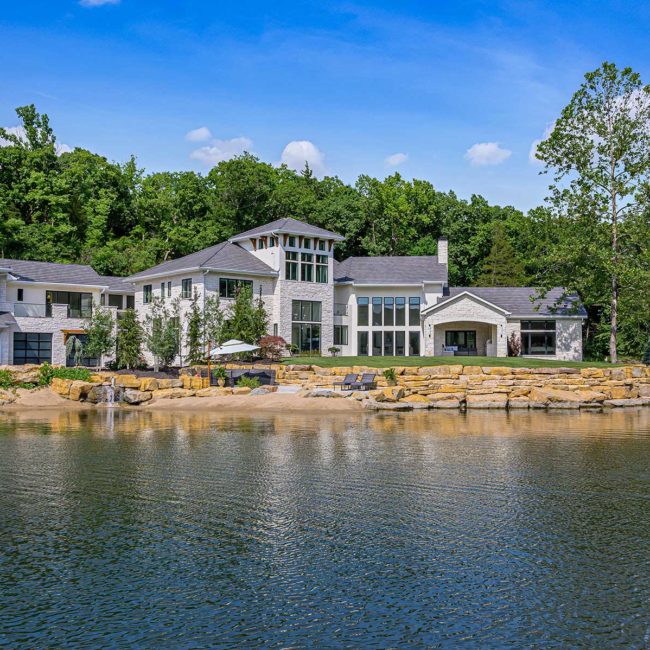
Mediterranean Haven
A south Johnson County couple creates a sprawling estate at the edge of their own private lake.
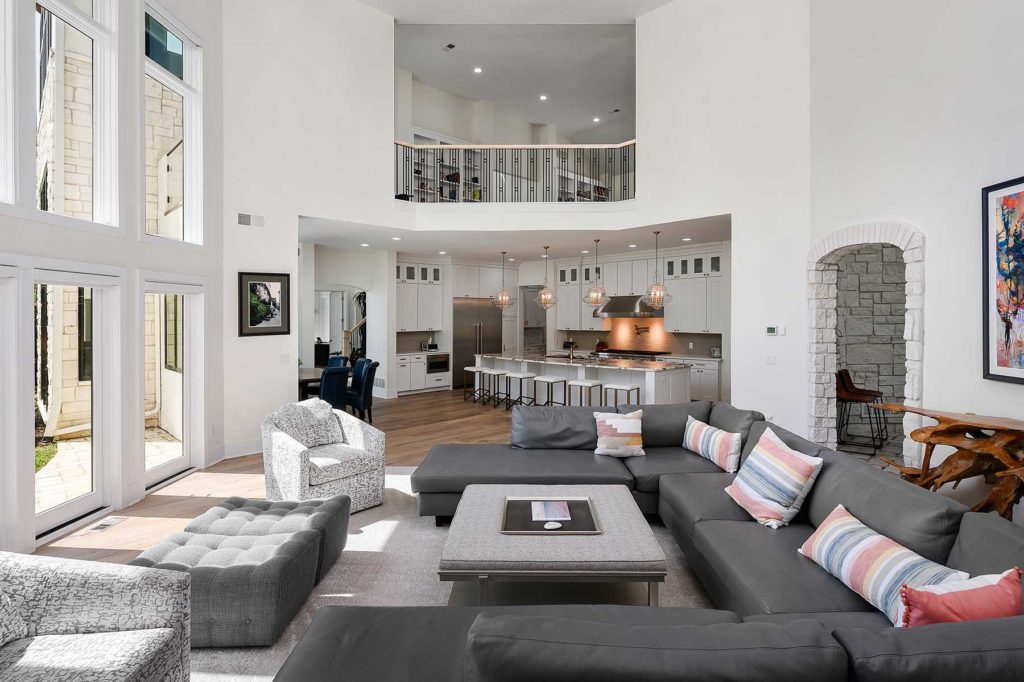
Siting Your Home
Working with a builder on site helps enormously with property layout. “If clients want privacy, they want trees,” Dana says. “About 50 percent of buyers will hold out for a property with a creek, pond or lake, or for terrain that would allow them to build a pond.”
Houses, pools, retaining walls and outbuildings must all accommodate the topography. Buyers should assess whether there is enough slope to allow a walkout or daylight basement, and what site costs will be required to accommodate terrain when excavating or pouring foundation.
Some buyers want their home to face in a certain direction. “It’s not uncommon to buy a wooded area that’s really hilly, and it’s like an ice-skating rink in the wintertime,” Jim says. “Pay attention to where the sun rises and sets and how that may affect how you live in your home,” Bruce adds.
Freedom From HOAs
When buying acreage, homeowners must ensure they meet any applicable regulations—city, state, county or otherwise—though developer restrictions are usually minimal. Living on acreage provides much more creative freedom, but that also applies to existing and future homes nearby, Sarah says. Despite neighbors living farther away, it’s important to know what they do on their property, too, such as parking multiple cars.
“Opportunities for more family activities are abundant in rural settings,” Bruce says. “You may want an outbuilding for sporting needs, or a place to store your toys, or a shop for your car hobby. Living on acreage offers many things that you cannot get on a city lot.”
Dana agrees. As a child, “All my friends lived in neighborhoods, but they wanted to come to our house because we had all the fun ‘toys.’”
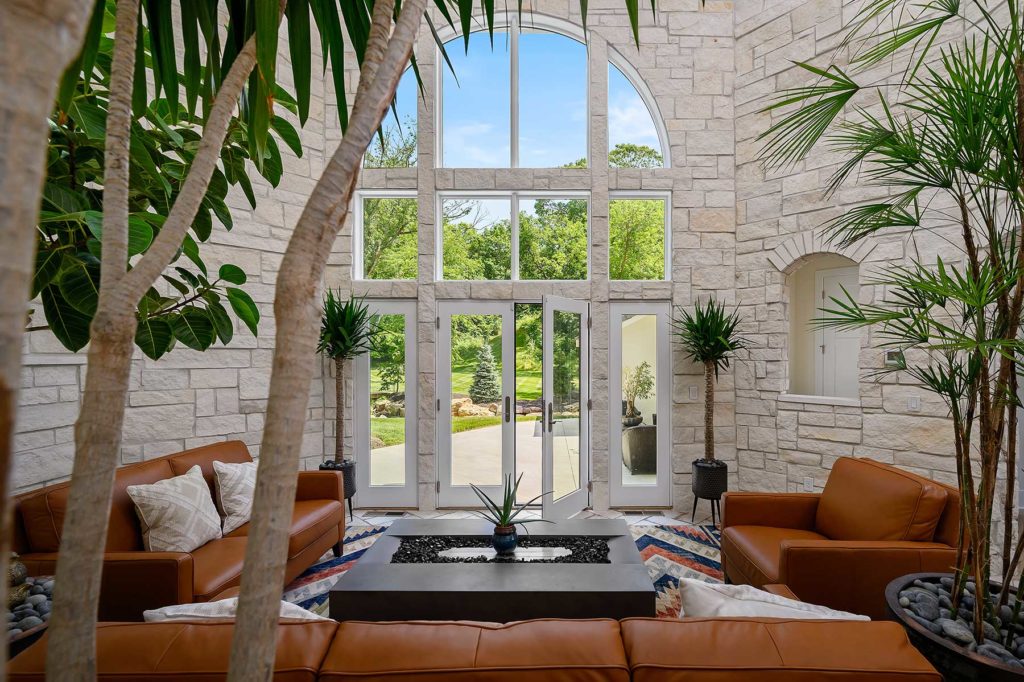
You may also like these articles.
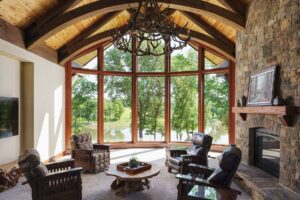
Your dream home starts with Pella windows and doors
Replacing old or inefficient windows and doors is a great way to increase energy efficiency, as well as modernizing your home’s look and style.

French Bistro at Home
Delicious curves, dramatic contrasts and gleaming golds accentuate a renovation project in Kearney that’s dually functional and opulent.
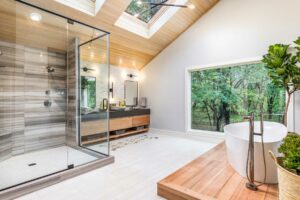

Walls of Renaissance
Wallcovering trends showcase bespoke styles, vibrant hues and textured expressions.
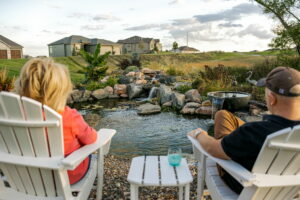
The essence of a water garden: You don’t know what your outdoor living space is missing
Good Earth Water Gardens creates intimate outdoor living spaces that are designed around water.

A Lit Collection
Moody lighting and deep, dark tones set the stage for a bourbon bar and a music room.


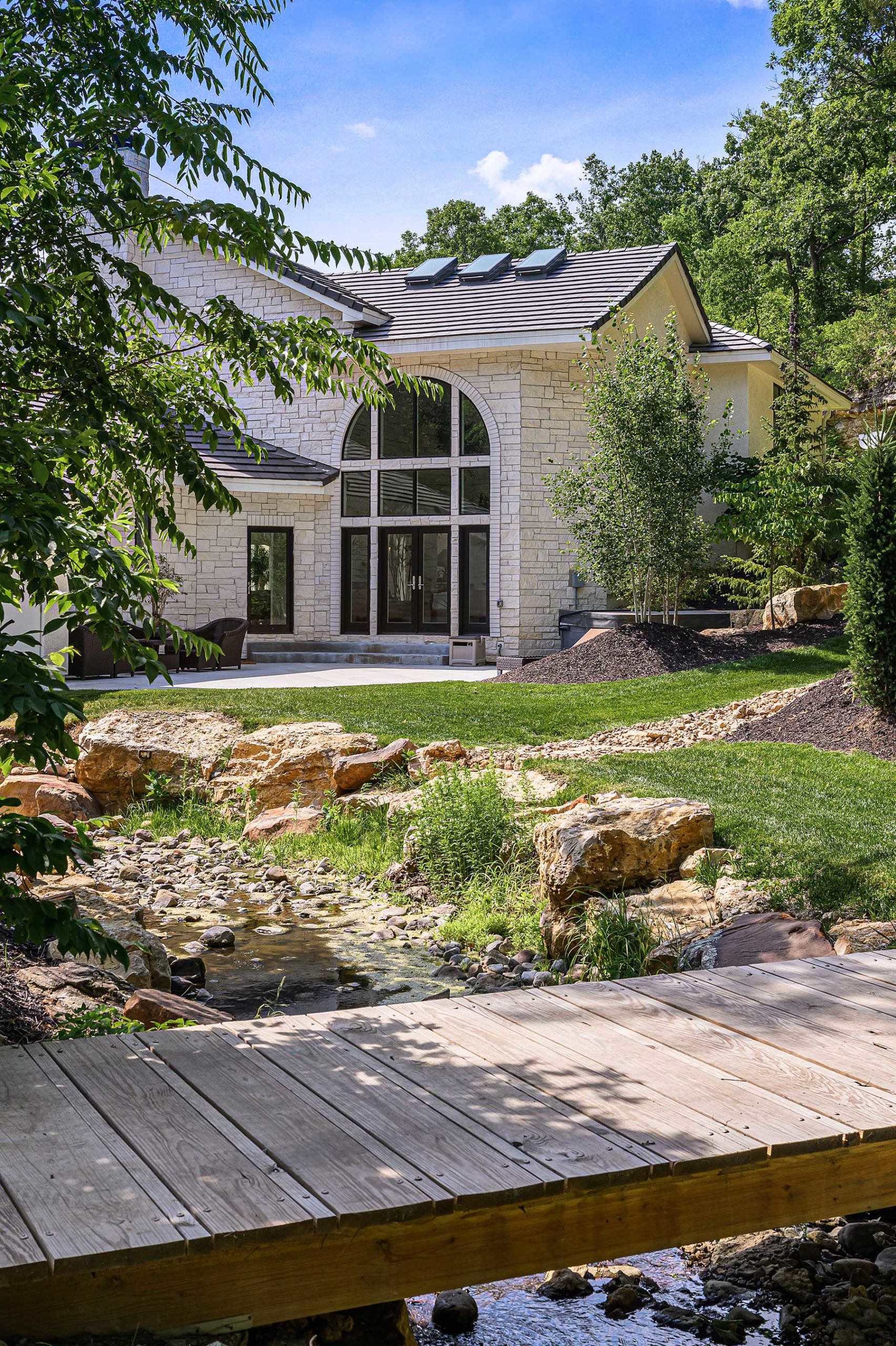

Leave a Reply